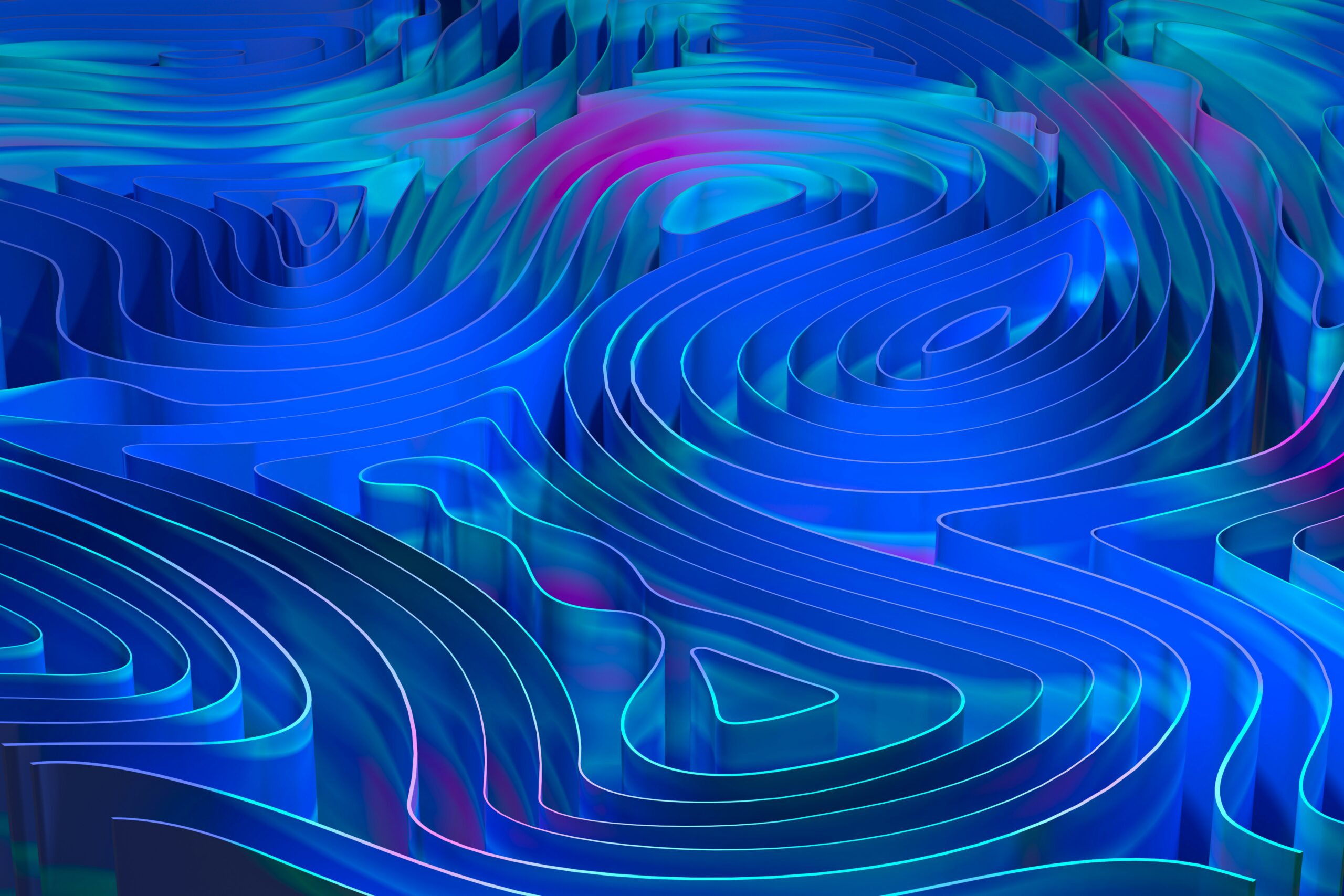Understanding the disorder and its importance
Movement and gait disorders encompass a wide range of neurological conditions characterised by abnormal involuntary movements or difficulties with voluntary movement and walking. These disorders can significantly impact a child’s daily functioning, independence and quality of life. They may occur in isolation or as part of a broader neurological syndrome. Understanding these disorders is crucial because early identification and appropriate management can often improve outcomes, minimise complications and support the child’s overall development. Moreover, some movement disorders can be indicators of underlying neurological conditions that require specific treatments.
Signs and symptoms
The signs and symptoms of movement and gait disorders vary depending on the specific condition. Tremors present as rhythmic, oscillating movements, often most noticeable in the hands or head. Chorea involves rapid, dance-like movements that flow from one body part to another in a random fashion. Athetosis is characterised by slow, writhing movements, typically of the hands and feet. Ballismus refers to large amplitude, flinging movements of the limbs. Other involuntary movements may include tics, myoclonus (sudden, brief muscle jerks) or dystonia (sustained muscle contractions leading to abnormal postures). Gait disorders can manifest as unsteadiness, dragging of feet, toe-walking or a wide-based gait. Some children may experience a combination of these movement abnormalities. Additionally, these disorders can be accompanied by other neurological symptoms such as muscle weakness, changes in muscle tone or difficulties with co-ordination and balance.
When to seek neurological assessment
Neurological assessment should be sought when parents or caregivers notice persistent or progressive abnormal movements in their child. This includes the onset of tremors, unusual jerking movements or any involuntary movements that interfere with daily activities. Changes in gait pattern, frequent falls or difficulty with tasks requiring fine motor skills should also prompt evaluation. It’s particularly important to seek assessment if these movement abnormalities are accompanied by other neurological symptoms, developmental delays, or regression of previously acquired skills. Any sudden onset of severe movement disorder, such as acute ballismus, requires immediate medical attention as it may indicate a serious underlying condition like stroke.
Investigation and treatment strategies
Investigation of movement and gait disorders typically begins with a detailed neurological examination and thorough medical history, including family history and developmental milestones. Neuroimaging studies such as MRI may be performed to look for structural brain abnormalities or signs of neurodegenerative processes. In some cases, genetic testing may be recommended, especially if there’s a family history of movement disorders or suspicion of a genetic syndrome. Specialised tests like DaTscan might be used in certain conditions to assess the dopamine system. Blood and urine tests can help rule out metabolic or autoimmune causes. In some cases, electromyography (EMG) or nerve conduction studies may be useful to assess neuromuscular function.
Treatment strategies are tailored to the specific movement disorder and its underlying cause. For some conditions, medications can be highly effective. For example, levodopa may be used in dopa-responsive dystonia, while anti-epileptic drugs might help in certain forms of tremor or chorea. Botulinum toxin injections can be beneficial for focal dystonias. In cases of severe, medication-resistant disorders, surgical interventions like deep brain stimulation might be considered. Many children benefit from a multidisciplinary approach including physical therapy to improve gait and balance, occupational therapy for fine motor skills and speech therapy if oral movements are affected. Adaptive devices and assistive technologies can help improve independence and quality of life. For tic disorders, behavioural therapies like habit reversal training may be beneficial. Regular follow-up is essential to monitor the progression of symptoms and adjust treatment plans as needed. Additionally, psychological support is often valuable to help children and families cope with the challenges posed by these disorders.

